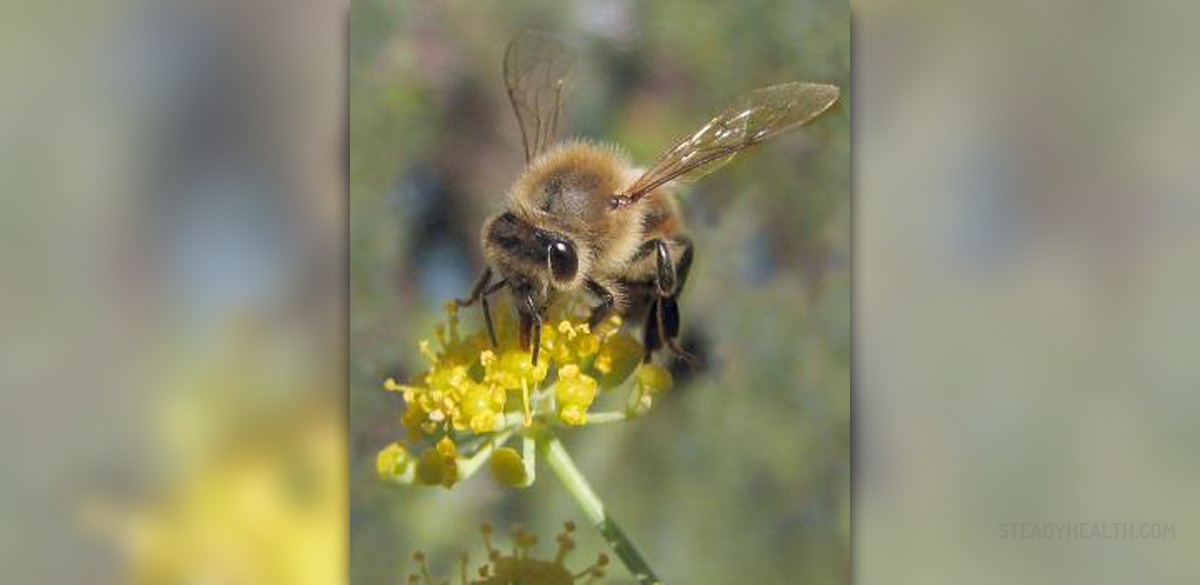
Bee stings are very common, and they always cause some amount of pain and discomfort. However, some people are allergic to bee stings and they need to be extra careful and watch for the signs of an allergic reaction. They also need to seek immediate medical assistance. Those who are not allergic should still learn about ways to treat bee stings and to be prepared if and when they occur.
Removing the stinger
The first and the most important thing to do in case of a bee sting is to remove the stinger as quickly as possible. The stinger is small and barbed and bees often leave it behind them after they sting. The problem is, stingers have small sacs of venom attached to them and they pump the venom into the skin for as long as 20 minutes after the bee has attacked. The more it pumps, the worse the symptoms get. Also, they release a hormone that sends a danger signal to other bees, who may come to rescue.
The best way to remove the stinger is to use sterilized tweezers or a hard, flat item, like butter knife or even a credit card. The stinger can be removed by pulling or by scraping it out. In case there are several bee stings, all the red spots that indicate the affected area should be checked and stingers removed.
Treatment for bee stings
For non-allergic persons, the treatment basically consists of cleaning and disinfecting the area and relieving the pain. The sting site should be cleaned with clean, running water and mild soap. After this, it is recommended to apply ice packs or cloths soaked in cold water and to elevate the affected part of the body. This should help with the pain and reduce the swelling as well.
Pain killers, especially non-steroidal anti-inflammatory drugs, can be taken to ease the pain. It is also recommended to have Benadryl at hand, as it helps with the skin’s reaction to the sting.
There are also home remedies that are believed to be effective in the case of a bee sting. Those include baking soda paste, toothpaste, sliced onions or potatoes, aloe vera gel and even meat tenderizers.
Signs of allergic reaction
The problem with bee stings is that an allergy reaction can occur even in a person who previously had not been allergic to bees. These allergic reactions are potentially fatal and it is always recommended to see a doctor as soon as possible. The signs of a severe allergic reaction include rash all over the body, drowsiness, confusion, fainting, difficulty breathing, wheezing, swollen throat, headache, nausea and sweating. People who know they are allergic to bee stings are advised to always carry an anaphylaxis kit that usually contains a prescription epinephrine auto-injector.


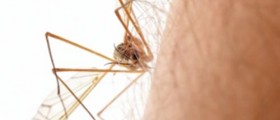


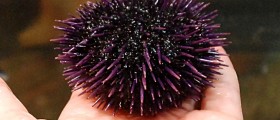
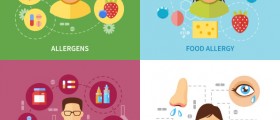
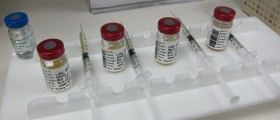
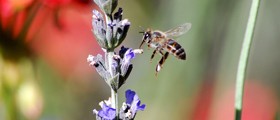


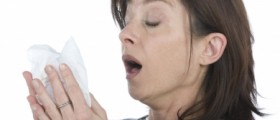





Your thoughts on this
Loading...